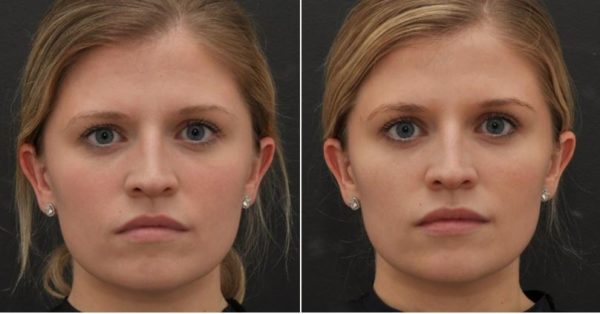Frowning, smiling, or other facial expressions crease and fold your skin. Over time, this repeated motion creates fine lines and wrinkles. Botox® and Dysport® are neuromodulators that smooth these lines for a relaxed, youthful look. While they work in the same basic way, they have several differences that may affect which one works best for you.
What are Botox® and Dysport®?
Botox® and Dysport® are neuromodulators composed of botulinum toxin attached to protein carrier molecules. Neuromodulators affect the signals between nerves and muscles, stopping facial muscles from contracting where the medication is injected. Botox® and Dysport® are FDA-approved injectables that reduce expression lines and wrinkles. While Botox® is a household name in wrinkle smoothing, you may not realize you have other options, such as Dysport®.
How Do Botox® and Dysport® Work?
Both of these injectables use botulinum toxin to produce their effects. This toxin affects neurotransmitters’ release from the targeted nerve cells. Without these signals, your facial muscles stop contracting, allowing your skin to relax. The treatment uses tiny amounts of botulinum toxin, limiting its effects to the targeted areas and leaving your facial expressions naturally relaxed.
Botox® vs. Dysport®: What’s the Difference?
Dysport® and Botox® are very similar in most ways. Each contain Botulinum Toxin Type A and they work on the targeted nerves in the same way. The protein carriers are slightly different lending slight differences in the speed of onset an spread of the material in the skin. Krauss Dermatology offers a range of neuromodulators since some people will respond better to one or another.
The primary difference between the compounds is the carrier molecule used to transport the toxin to the facial nerves. This difference causes Dysport® to spread out more than Botox®. Your board-certified dermatologist may choose Dysport® if they want to achieve a softer, more diffuse effect. Botox® is FDA-approved for crow’s feet, forehead lines, and glabellar lines (between the brows). Onset of Dysport® is also quicker. Dysport® is approved for glabellar lines but can be used safely in other areas.
Dysport® and Botox® last the same length of time for most people. Each may also work for people who have stopped responding to the other brand and need to try a different product. Since they provide very similar overall results, your injector will use whichever one they feel will best meet your needs. Newer options also exist and your dermatologist can discuss these with you as well.
Is There Any Downtime With Botox® or Dysport®?
You can return to your usual activities with no downtime after treatment. Injections usually take about fifteen minutes. You might notice some minor redness, swelling, or bruising in the treatment area that fades within a few days. Vigorous exercise is best deferred to the day after treatment.
Am I a Good Candidate for Botox® or Dysport®?
Botox® has been used for medical and cosmetic purposes for over two decades, establishing neuromodulators as safe and effective. Good candidates for Botox® and Dysport® want to address fine lines and wrinkles in areas between the brows, crows feet and forehead as well as off label areas such as the chin, upper lip and vertical neck bands.. You should not have injectables if you have an infection or skin irritation in the treatment area, if you have have diseases of muscle weakness such as myasthenia gravis, or weakness of eye muscles causing visual issues.
After seeing Dr. Krauss for many years, I can’t imagine trusting my skin to any other doctor. Her experience and expertise, professional and reassuring manner, and her superb judgment and skill, have always produced the best results for me. I’ve referred many friends over the years; they’ve all been equally satisfied
Take the Next Step
If you have further questions about Botox® and Dysport®, we encourage you to schedule a consultation at Krauss Dermatology. Call us at (781) 416-3500 or fill out our online contact form. We look forward to taking care of you.


